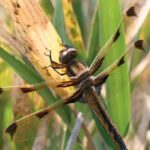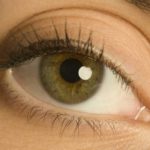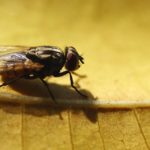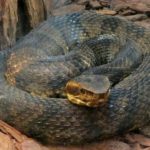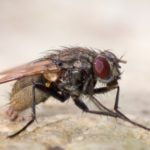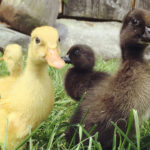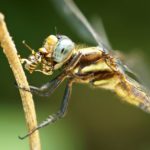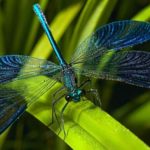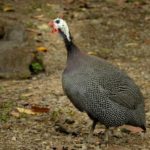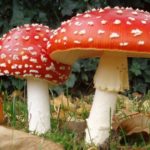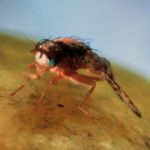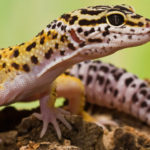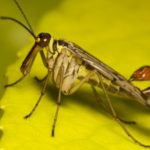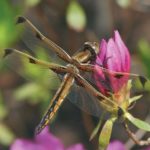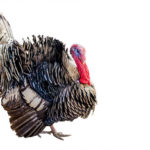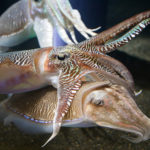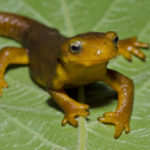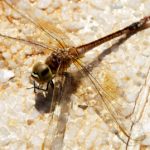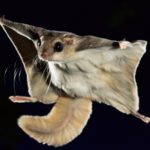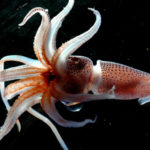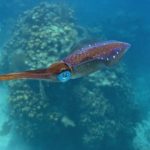Flies – information
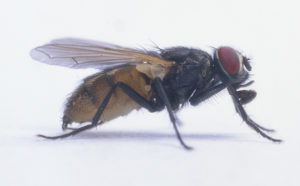 Fly’s sight is developed quite well, on the sides of the head are two large eyes formed by complex structural elements. The lens of each eye is equipped with an interesting hexagonal shape. The number of facets can be about 4,000 pieces in each eye. All of them unite, during which the brain can form an overall picture. The circular field of view provides this insect with a special insight. The identification of objects with a fly requires fewer times than the person. The features of the structure are evidenced by the eyes of the fly, which can be seen under a microscope.
Fly’s sight is developed quite well, on the sides of the head are two large eyes formed by complex structural elements. The lens of each eye is equipped with an interesting hexagonal shape. The number of facets can be about 4,000 pieces in each eye. All of them unite, during which the brain can form an overall picture. The circular field of view provides this insect with a special insight. The identification of objects with a fly requires fewer times than the person. The features of the structure are evidenced by the eyes of the fly, which can be seen under a microscope.
On the insect’s head there are small antennas, this is the antennae, consisting of three segments. These organs provide an improved sense of smell, as tactile organs are not used. The ability to identify food on scent allows flies to quickly fly to the place of its accumulation. This explains why the flies are so fast.
In the paws of insects have their own joints. How many legs at the fly – 6 paws, consisting of 5 joints. On the legs are other organs – two claws, as well as fine hairs and glands capable of secreting a substance of increased stickiness, consisting of fats and carbohydrates. This feature explains the fact why the fly does not fall from the ceiling. It is believed that the insect is allegedly “glued” to the surface, falling on the ceiling or walls. A decisive role here is played by hairs that can “cling” to surface irregularities.
We examined how many feet the fly has left to answer the question of why the flies tinder the paws. During crawling on different kinds of surfaces, sticky pads located on the legs collect dirt when the insect sits on the ceiling, on food and other places, or when flies sit on a person. Because of this, the possibility of adhesion of small legs to the surface is disrupted, so you have to constantly clean the wool from debris and dirt particles. Now it is clear why the room flies rub their paws, and they can rub them for a long time.
At the tips of the legs of each insect, there are special setae acting as organs of taste and touch. That is, these insects’ tastes are first felt by the feet, and then the proboscis and the lobes of the sucking destination begin to work. At the same time, the analysis of how useful these flies are to a fly is 100 times better than that of a person through language.
These insects (especially the housefly) can seriously annoy a person, especially during hot weather. Sitting on the ceiling, buzzing and eating food, these insects, moreover, act as pathogens and carriers of serious diseases – intestinal infectious ailments, various helminths, eye diseases and tuberculosis. If you eat fly eggs, you can get infected with miases and become a victim of other negative phenomena and consequences.
